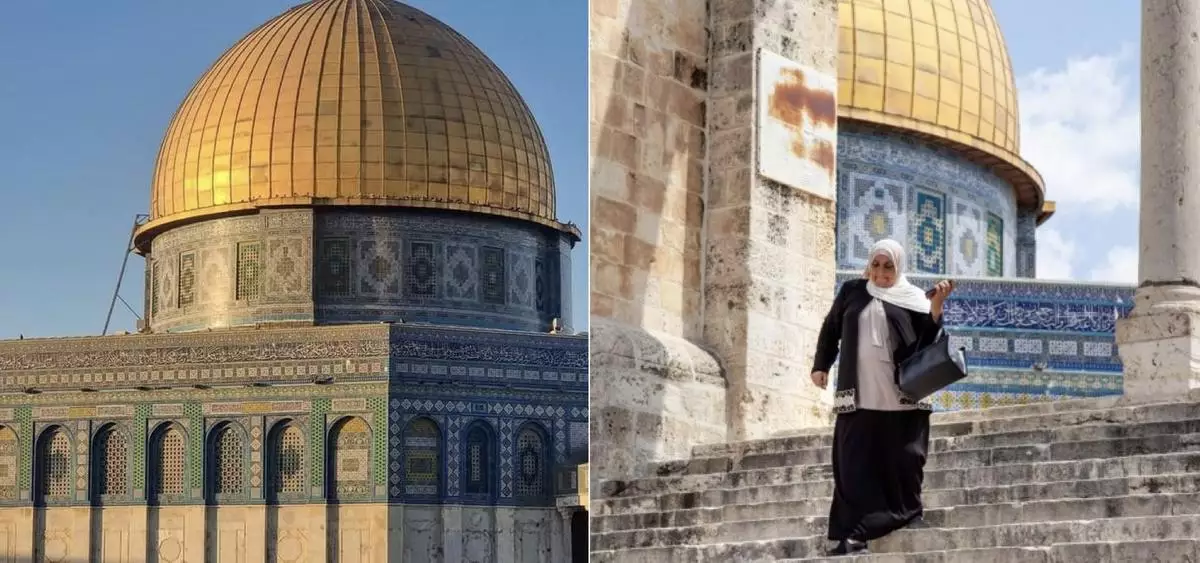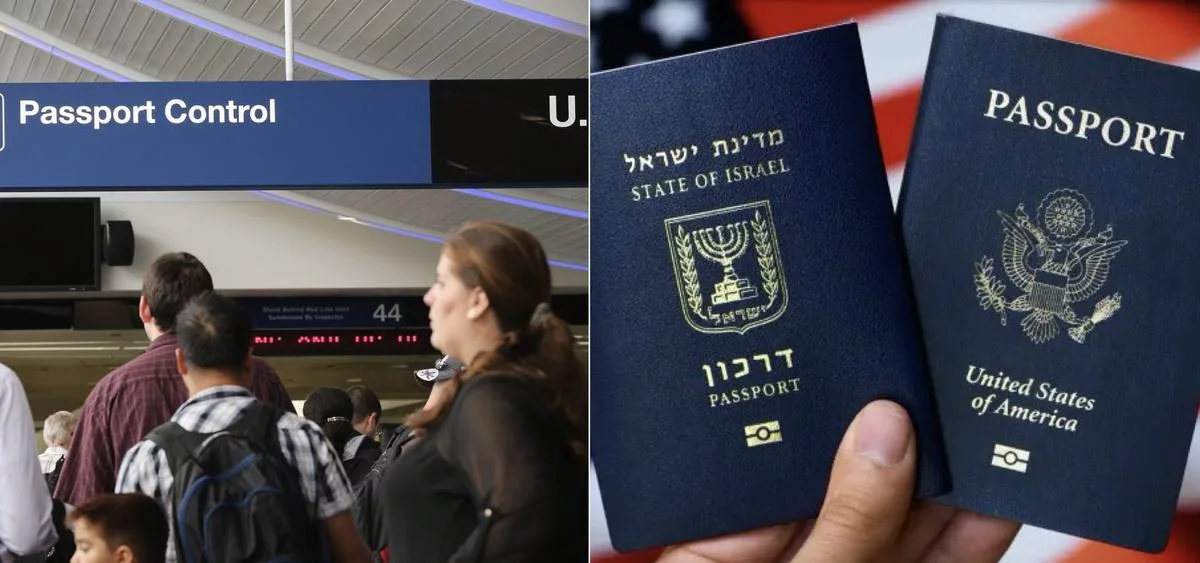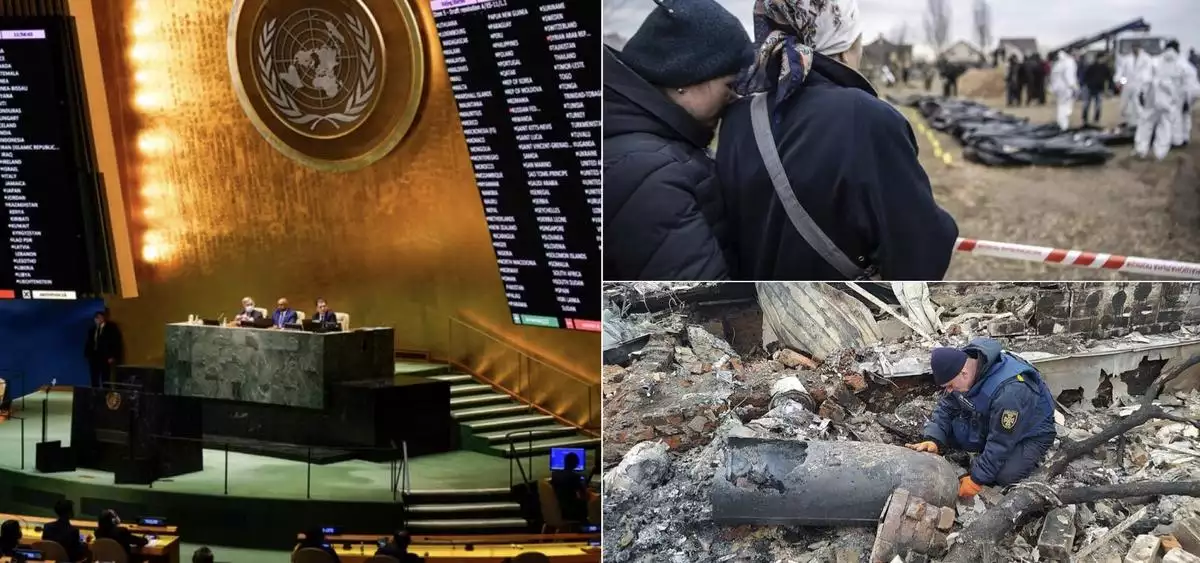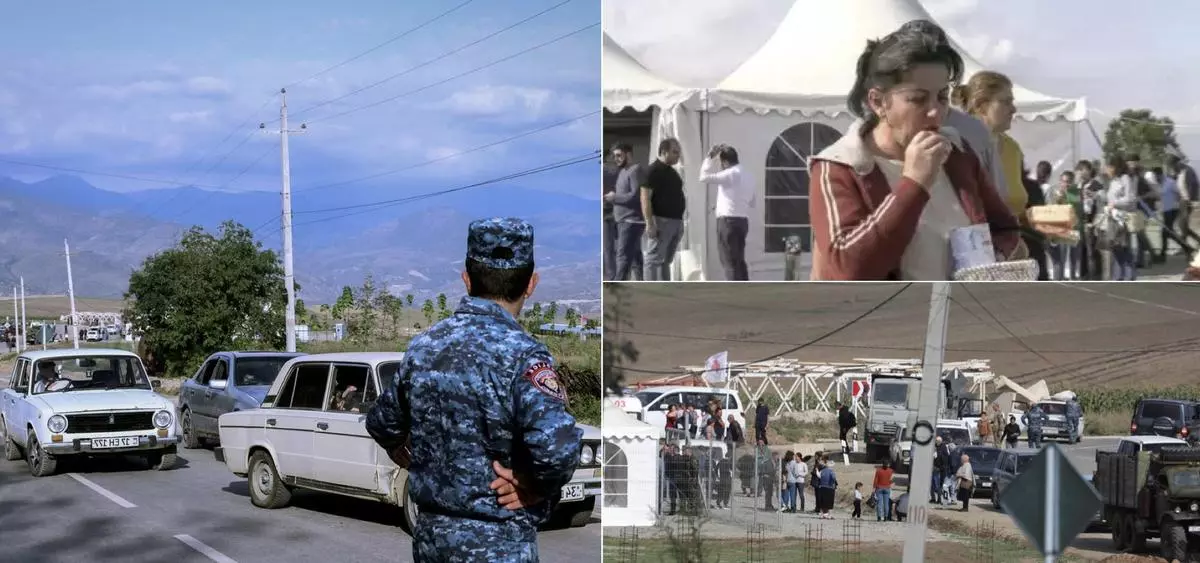India’s Government Shifts Preference from ‘India’ to ‘Bharat’ in Diplomatic Moves, Sparking National Identity Controversy

Credit: Google | On the left, Narendra Modi | ‘Bharat’ over ‘India’ in official invitations sent to G20 summit attendees
In a significant diplomatic shift, the Indian government has chosen to emphasize the name ‘Bharat’ over ‘India’ in official invitations sent to G20 summit attendees, sparking controversy and debates surrounding nationalism and identity. The decision reflects the ruling Bharatiya Janata Party‘s (BJP) efforts to shed colonial-era nomenclature and reaffirm India’s Hindu heritage.
The invites refer to Indian President Droupadi Murmu as the “President of Bharat” instead of the traditional “President of India”. India, with its population exceeding 1.4 billion, officially carries two names, ‘India’ and ‘Bharat,’ although the former is more widely recognized, both domestically and internationally.
‘Bharat’ is an ancient Sanskrit term, believed by many historians to have origins in early Hindu texts. It is also synonymous with ‘India’ in Hindi.
The shift has garnered strong support from Modi’s BJP, which argues that ‘India’ was introduced by British colonizers and symbolizes a colonial legacy. This move aligns with the party’s ongoing efforts to erase names associated with India’s Mughal and colonial history. In the past, prominent streets and avenues have been renamed to reflect India’s Hindu past.
However, this decision has not been without controversy. India’s opposition parties have criticized the move, highlighting the historical significance and brand value of the name ‘India’. While there is no constitutional objection to using ‘Bharat’, many argue for the coexistence of both names to preserve India’s rich heritage.
#BREAKING🇮🇳#India Considers Renaming to '#Bharat' in Special Parliament Session, Possible Amendment to Article 1 of Constitution.#G20 Dinner Invite for September 9 Reads 'from The #PresidentOfBharat' #tognews #todayonglobenews #todayonglobe #togpic.twitter.com/wkrGOrMaXy pic.twitter.com/F7DUpNkup7
— Today On Globe (@TodayOnGlobe) September 5, 2023
This renaming debate has gained momentum since the formation of the INDIA alliance, a coalition of opposition parties aiming to challenge Modi and the BJP in the upcoming 2024 national elections. The acronym ‘INDIA’ stands for Indian National Developmental Inclusive Alliance.
The controversy surrounding ‘India’ versus ‘Bharat’ reflects a larger trend in India’s political landscape. The BJP seeks to distance modern India from its colonial past and has embarked on a series of renaming initiatives. While some praise this as an effort to reclaim India’s Hindu identity, others view it as divisive.
India’s constitution recognizes both names, stating, “India, that is Bharat, shall be a Union of States“. The term ‘India’ originated from the Sanskrit word ‘sindhu’, referring to the Indus River, during British colonial rule. ‘Bharat’ has roots in ancient Hindu texts, describing a vast landmass where humans reside, with one region called ‘Bharatavarsa’.
The debate has extended to social media, with passionate arguments on both sides. Critics argue that the BJP’s emphasis on ‘Bharat’ is a rejection of India’s diversity, while supporters see it as an opportunity to restore national pride.
While the Indian government’s choice of ‘Bharat’ on G20 invitations has fueled this ongoing debate, it remains uncertain whether it will lead to an official name change. As India continues to grow as the world’s most populous nation and fastest-growing major economy, discussions about its identity and nomenclature persist, highlighting the complex interplay between history, culture, and politics.
RELATED NEWS
WEB STORIES FOR YOU
Stay connected with Today On Globe for the latest Global Issues and News Updates.
Explore more related articles at [TOG News / TOG Article]























